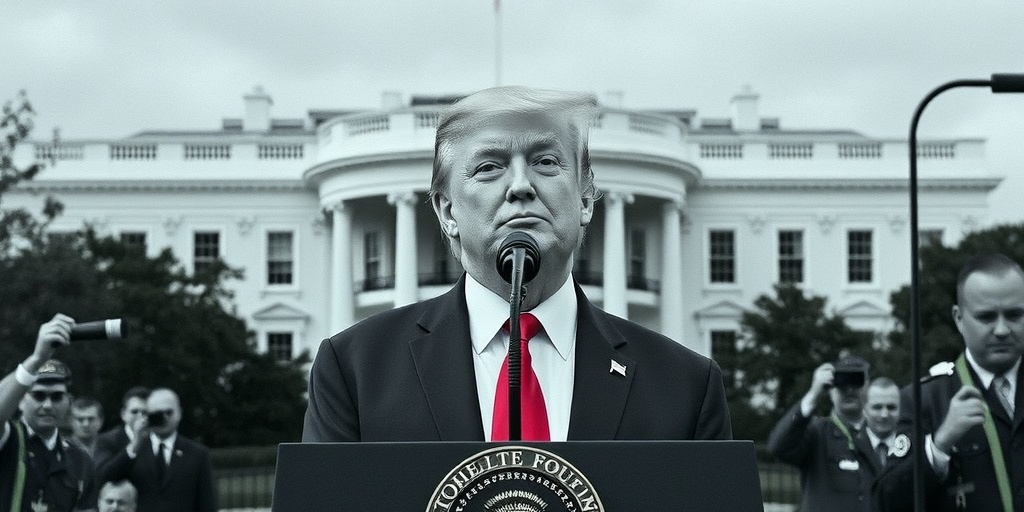Now Reading: Pentagon Reveals Trans Troops Count Significantly Lower Than Estimates
-
01
Pentagon Reveals Trans Troops Count Significantly Lower Than Estimates
Pentagon Reveals Trans Troops Count Significantly Lower Than Estimates

Title: U.S. Military Reveals Number of Transgender Service Members, Sparking Debate Over Policies
In a disclosure that has sparked significant discussion, the U.S. military announced the number of transgender troops currently serving in its ranks. The announcement reveals a figure far smaller than previous estimates, with only 4,240 service members diagnosed with gender dysphoria, accounting for approximately 0.2 percent of the 2 million personnel in uniform. This number is notably lower than earlier projections, which estimated that as many as 15,000 transgender individuals were part of the military force.
The Department of Defense has clarified that the diagnosed cases of gender dysphoria serve as the most reliable method for tracking transgender service members in the military. The drop in figures has raised questions about the actual representation of transgender individuals within the armed forces, and it highlights the discrepancies between official military statistics and commonly circulated estimates that have raised alarms and prompted policy discussions.
Under the administration of former President Trump, new policies were implemented, which controversially barred transgender individuals from military service. The rationale provided by the Trump administration focused on concerns regarding potential disruption within military ranks and the reported costs associated with providing medical care to transgender service members. President Trump notably described the financial implications of offering gender-affirming medical support as “tremendous,” drawing attention to the ongoing debate surrounding healthcare and military readiness.
In a recent executive order, the Trump administration went further to assert that being transgender is incompatible with a soldier’s commitment to an "honorable, truthful, and disciplined lifestyle." This move has raised questions about inclusivity and acceptance within the military framework, as advocates have decried what they perceive as discriminatory practices that undermine the contributions of transgender service members.
In conjunction with the troop numbers, the military also released data concerning the costs associated with providing gender-affirming medical care. Since 2015, when the ban on openly serving transgender individuals was lifted, the military has reportedly spent $52 million on comprehensive medical care for transgender troops, which includes psychotherapy, hormone therapy, and surgical procedures. This figure translates to approximately $9,000 per transgender service member, a modest sum compared to the Defense Department’s annual health agency budget of $17 billion. The data illustrates that, while the financial impacts are often highlighted, they form only a small portion of the broader healthcare expenditures within the military system.
Further statistics show that nearly half of the service members diagnosed with gender dysphoria required no medical treatment whatsoever. Additionally, about 25% of those diagnosed went on to require surgical interventions, highlighting the varying healthcare needs among transgender individuals.
Historically, the Pentagon maintained a stance that it lacked the capacity to track figures specific to transgender service members. The recent release of this data came in response to a federal judge’s order, which mandated the Department of Defense to provide comprehensive statistics on transgender military personnel. This legal intervention followed a lawsuit brought forth by a group of transgender service members who challenged the restrictive policies set forth by the Trump administration.
The ongoing discourse surrounding transgender individuals in the military highlights broader societal debates about inclusivity, representation, and the rights of service members to serve openly. As new data emerges and policies evolve, the future of transgender service in the military remains a pivotal issue that calls for continued examination and dialogue.
This revelation about the true number of transgender personnel serves not just as a statistical update, but as a call to action for military leaders, policymakers, and the public to consider the implications of current policies on those who serve their country. The conversation about gender identity and military service is far from settled, paving the way for ongoing advocacy and potential changes in the landscape of defense policy. As efforts to recognize the rights and contributions of all service members move forward, the military must seek to balance readiness and inclusivity within its ranks, ensuring that all individuals, regardless of gender identity, are given the opportunity to serve effectively and honorably.
Stay Informed With the Latest & Most Important News
Previous Post
Next Post
-
 01New technology breakthrough has everyone talking right now
01New technology breakthrough has everyone talking right now -
 02Unbelievable life hack everyone needs to try today
02Unbelievable life hack everyone needs to try today -
 03Fascinating discovery found buried deep beneath the ocean
03Fascinating discovery found buried deep beneath the ocean -
 04Man invents genius device that solves everyday problems
04Man invents genius device that solves everyday problems -
 05Shocking discovery that changes what we know forever
05Shocking discovery that changes what we know forever -
 06Internet goes wild over celebrity’s unexpected fashion choice
06Internet goes wild over celebrity’s unexpected fashion choice -
 07Rare animal sighting stuns scientists and wildlife lovers
07Rare animal sighting stuns scientists and wildlife lovers





















